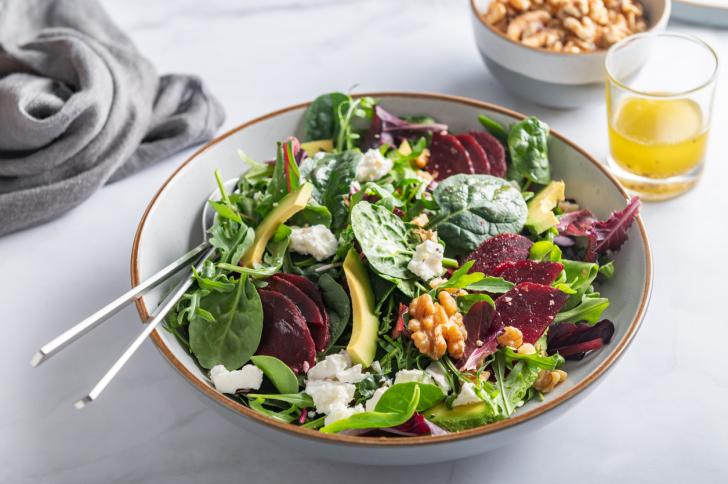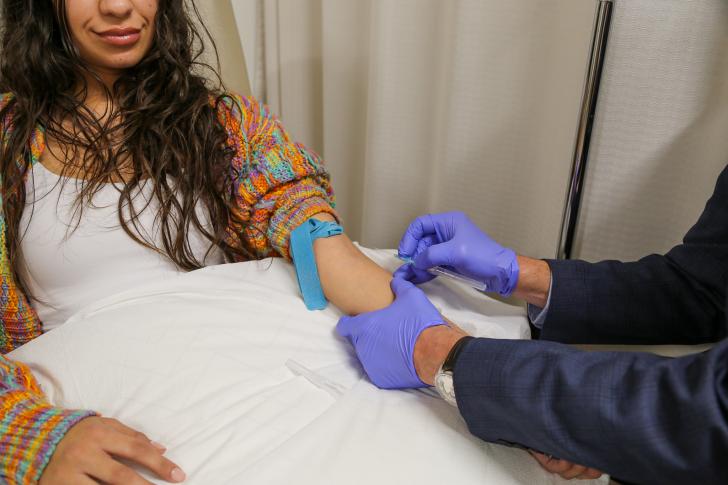4 Foods You Can Forage for in the Pacific Northwest

Published
We are accustomed to grocery stores where we can purchase mangos from Mexico, chicken eggs from a local farm and spices from around the world. But what you’re unlikely to find at your local market are the wide variety of wild edibles growing in the vast out-of-doors. To get a taste of these delights, you'll have to get back to nature and start foraging.
Huckleberries
July to September
Common in the sub-alpine areas of the Cascades, huckleberries are sweeter and tangier than store-bought blueberries. Best eaten fresh-picked, they also are tasty in baked goods. Start with huckleberries and you'll be hooked on foraging.
Thimbleberries
June to August
Thimbleberry plants grow in the river valleys and the lowlands of the Cascades. They are a favorite of the wildlife for good reason: The tart, mildly sweet flavor is outstanding. Mash the berries with a little honey for a fruity spread high in vitamin C.
Morel Mushrooms
Early March to May
The pine forests of the Cascades are the best place for morel hunting, especially after a forest fire. Saute them in butter or use them to add an earthy flavor to a soup, stir-fry or egg dishes. Morels are full of minerals and B vitamins.
Wild Asparagus
Late March to May
You can find asparagus growing wild in the moist lowlands of Eastern Washington. Essentially identical to the asparagus you will find in the grocery store, wild asparagus is often smaller. Toss a few spears with olive oil and garlic and cook on the grill for a nutritious side dish packed with potassium and folic acid.
Serious about foraging? Invest in a field guide with descriptions and pictures. The wild edibles from this list are easily recognized, but it is important that you can identify edible plants from harmful look-alikes. Be conscious of the wildlife that eat these plants, too. Although it’s tempting to pick plants bare, remember to leave some so both you and our local wildlife can forage in the Northwest for years to come.
— Allissa Eiser, dietetic intern, and Debra A. Boutin, MS, RD


